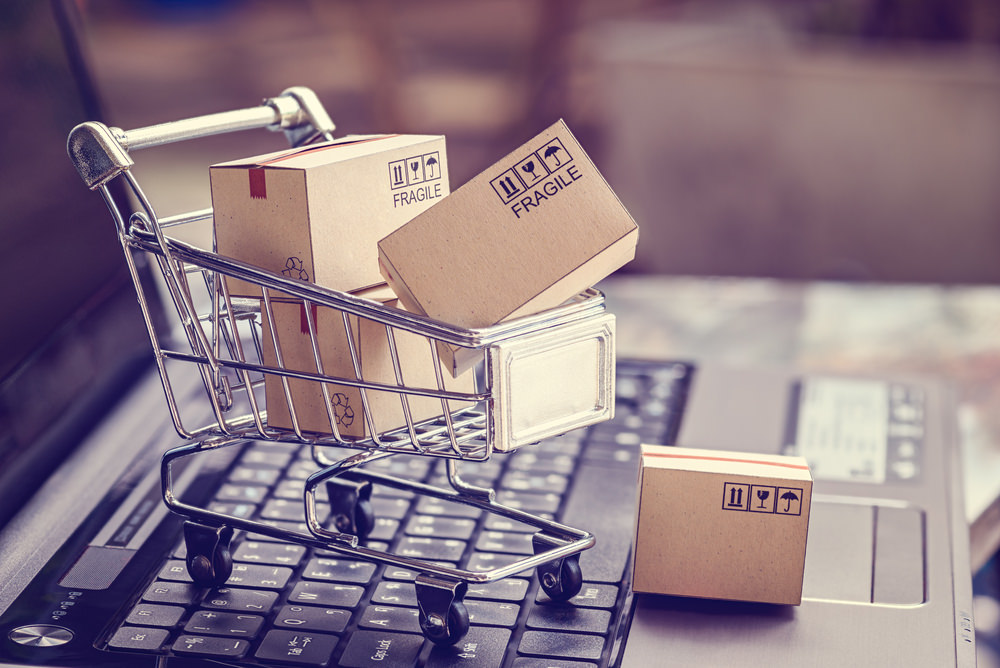It is no secret to anyone that retail is undergoing a massive disruption. What we may consider the traditional brick-and-mortar retail store environment is facing immense competition due to the increase of e-commerce sales, which according to IBISWorld has exhibited an annualized growth rate of 13.4% over the last five years. Growth is projected to continue at an average annual rate of 7.8% to reach an estimated value of $628.5 billion in the US alone.
In the first part of 2017, we saw there were several new store closure announcements, “after a lackluster in-store holiday shopping season for some eclipsed by record-breaking online sales.” According to PricewaterhouseCoopers, we should expect store closures to continue, with nearly one billion square feet of retail space projected to be repurposed or closed in the near future.
However, retail has faced disruptive circumstances before. When Sears was founded in 1893, for its first 30 years of operation, it was solely a mail-order company. With the popularization and affordability of the car, Sears innovated by changing its model to brick-and-mortar stores, “exploiting the tech of automobiles” and allowing the retailer to maintain market leadership into the 1980s.
While online sales are definitely trending up, many have written about the importance of an omnichannel experience. But how are traditional retailers’ e-commerce businesses supposed to compete with the vast fulfillment network of the likes of Amazon, especially as the company enters into the brick-and-mortar realm? According to analysts at PricewaterhouseCoopers, the solutions is in existing stores.
“Already located in close proximity to customers, shipping from the
store can speed delivery and reduce shipping costs… Retailers are well
advised to consider boosting their capabilities to ship from their
stores, not just for surge capacity but as a primary means of
e-commerce fulfillment since it offers the perfect
balance of lower cost and delivery speed.”
Every industry has the potential to face disruptive innovations at some time or another that may very well turn the market on its head. The companies that succeed in the face of these disruptions, are those that are monitoring market trends, emerging technologies, and the pain points of their customers.
Are you ready for the next disruption?

